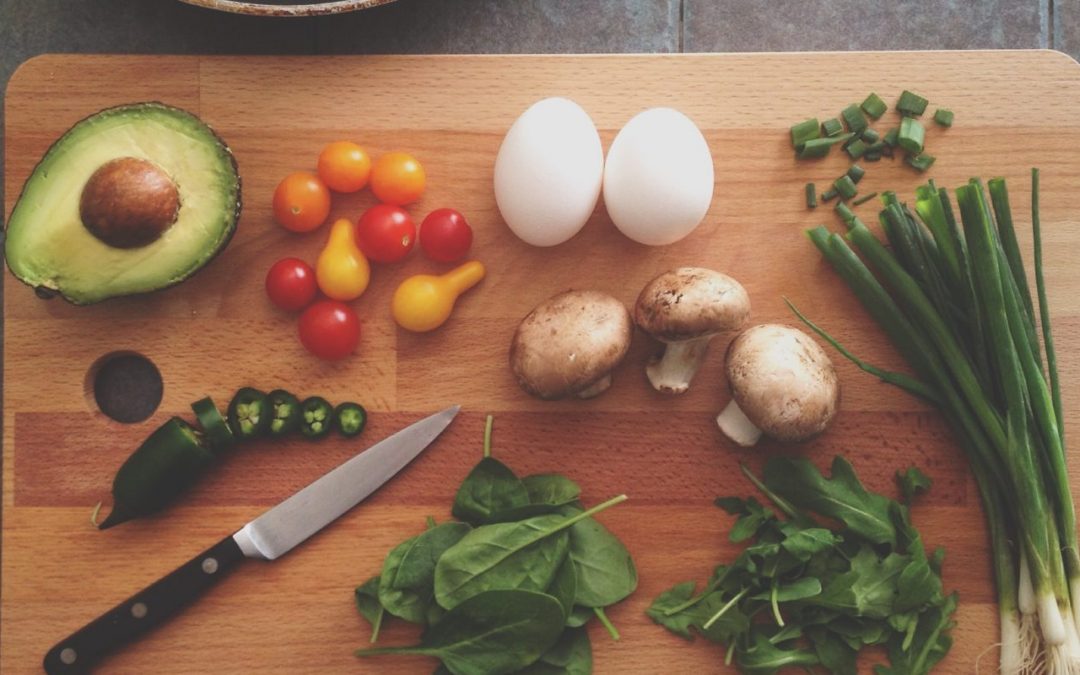Food waste has always been an issue whether you are in a commercial kitchen or simply a home chef. The truth is that Canadians are throwing out more food than they realize. In Canada, approximately $31 billion worth of food ends up in landfills or composters each year. At the same time, roughly 850,000 Canadians use food banks every month. With these kinds of numbers coming to light, many are taking on the challenges of food waste with the dual goal of shrinking our environmental footprint and addressing hunger in Canada. So, what are some tips that you can do to reduce waste in your kitchen?
What exactly is food waste?
Though the sources of food waste are varied and many. It is typically generated by consumers and the food-service industry; however, it can also be a by-product of manufacturing operations. Food waste is food that could be used again but is instead sent to landfills. It could have looked weird and inedible; perhaps it was not eaten during a meal; or it could even be unused and beginning to rot. The average Canadian household amounts to 140 kilograms of wasted food per year – that’s about a cost of $1,100 per year!
Food-service industry waste can be divided into two major groups – the food that is left before consumption and the food that remains after your guests finish dining. Waste that is left before consumption is generated by food preparation; this could include raw foods like potato peels or chicken bones, food that is improperly prepared, or even food that is accidently spilled on the floor. However, this type of food waste can be easily avoided.
Watch your order size
Kitchens can do much to reduce food waste that ends up in landfills, simply by tracking the type and amount of food that is coming into the kitchen. When ordering food, it may make sense to stock up on more at once, though this may be convenient, it is not an effective way to reduce waste. Certain foods, particularly produce, does not last as long as other non-perishable items. For example, buying a lot of apples at one time may be cheaper, but inevitably, not all the apples will be used, and a good portion of the order may end up being wasted. Be sure to always inspect your orders as they arrive, if the food looks like it is spoiled or may be close to spoiling, decline the order.
Pay attention to how you store your food
Always pay attention to how food should be stored to ensure the best quality and longest freshness. Food products should be stored in appropriate, labeled containers and using a first-in-first-out system to ensure older products are used first and less waste occurs.
Another way that food can become unusable during storage is cross-contamination. For example, if uncovered raw meat is placed near vegetables, bacteria from the raw meat can spread and the food may need to be thrown away. Separating food-storage areas and food-preparation areas can also help to prevent cross-contamination from occurring.
Portion Control One of the most important steps to minimizing food waste is proper portion control. Though it may seem like a chore, a commercial kitchen should use a food scale to measure appropriate portion amounts before sending meals out of the kitchen. You could also use smaller plates, either way, with proper portion control, you can be sure that less food will be


